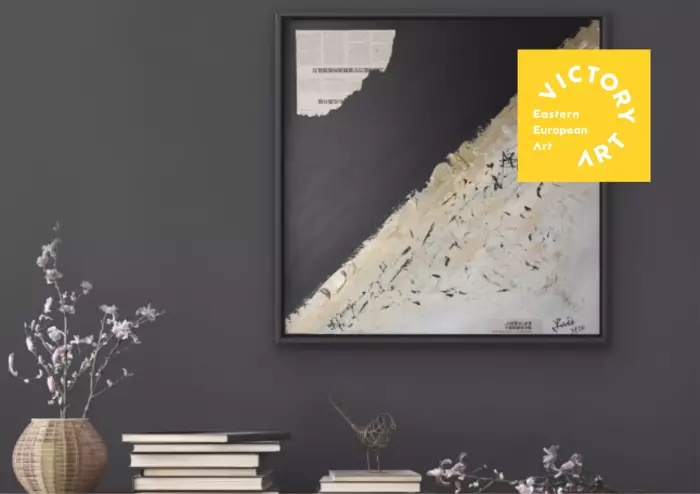MUST READ ART BLOGS
Why traditionalism is not outdated

What is traditionalism?
The Traditional style can ultimately be viewed as an antonym for modern style. It is inspired by 18th and 19th century European design and incorporates classic art and antiques from the time. However, in the 18th and 19th century, the style was not recognised as ‘traditional’, but rather one of many things such as Rococo or Gothic. Unlike other styles, there is no specific time period where the traditional aesthetic became popular. It has a sort of lingering natural presence in comparison to other styles. This is because the traditional aesthetic is ultimately a culmination of styles before the 20th century. Therefore, the traditional style basically translates to anything old.
When one thinks of the traditional style they commonly think of furniture or wallpaper in their grandmothers’ home. This is also why the style has become synonymous with being stale or stuffy. However, through another perspective, the style breathes warmth and familiarity due to this connection.
The traditional design makes specific use of regal furniture, which uses the same production methods as the time it is influenced by. This is why the style connotes a regal aesthetic. The furniture tends to be very heavy, ornate, and made from expensive dark woods. The colour palette is quite neutral; however, dark colours and rich jewel tones are a staple of the style. These colours include dark reds, browns, and greens. The fabrics used further connote the royal aesthetic as they tend to be quite expensive. These include the use of silks, velvets, and leathers, which tend to be intricately patterned.
Some might associate this style with disorderly clutter as the mixing of patterns, materials, and intricate designs may be interpreted as ‘too much’. However, the traditional style strives for harmony and order. Consistency and symmetry are key to successfully executing this style. One must match patterns and fabrics together. Otherwise, the style can easily read as chaotic visual clutter, which can begin to verge on the bohemian aesthetic.

Indigo Feeling I by Andrea Ehret
Traditionalism vs Modernism
Though there are other characteristics, the modernist style follows. As modernism rejects traditional forms, the style tends to be rather simplified with an emphasis on functionality. This is achieved through large open floor plans, vast glass windows, and intentional asymmetry. Although the modern style today has become synonymous with plainness, at the time it was viewed as a way to reignite the creative consciousness through simplicity and appreciating the abstract forms. Large glass windows are designed to blur the boundaries between the indoors and outdoors and reconnect the individual to nature again. Thus, the individual, nature, and their home are brought together into a higher unity.
Traditional style is not actually about embracing just anything old, but it is rather about honouring and appreciating architectural and interior design as an art form. This is why the style is rooted in regal European design, a time when the most gifted artists and architects were sought after, and designed works fit for the heavens.

Key features:
• Natural materials: woods
• Furniture and décor rooted in 18th & 19th c. England & France
• Rich & dark colours
• Patterns
• Ornamentation
If you want to know even more, check our more detailed guide on how to buy art for yourself and for your office. We are always here to help you to find the right artwork, you can book an appointment with us, and remember, enjoy yourself while in the process!
CHECK OUT OUR BEST BLOGS

.webp)

.webp)
.webp)
.webp)
.webp)
.webp)











.jpg)